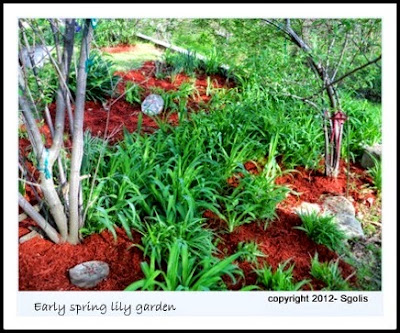I grew a pumpkin from a seed that I found in my wild bird food. I did not know anything about growing pumpkins until I planted that seed.
The seed was planted into a container that was directly next to a raised garden bed. Germination was in a few days and from there the pumpkin plant took off. The rambling vine grew to be 20 feet long and was covered with large leaves, and yellow flowers followed by pumpkins.
Planting the seed in a container was not the best idea but I did provide the vine support and it naturally grew into the raised garden.
I grew the pumpkin in Miracle-Gro potting soil that was amended with compost. The stem was surrounded with mulch to help aid in moisture retention. To prevent the soil from getting dry I watered the pumpkin plant in the morning and in the late afternoon. The combination of soil, sun, and water aided in a healthy pumpkin plant.
One pumpkin seed produced a 20-foot vine that was covered with pumpkins.
Most people have common pests such as beetles snails and slugs which eat the pumpkin leaves, roots, and flowers. I had beetles, grasshoppers, deer, and a groundhog.
To control the pest I sprayed the pumpkin with organic Neem oil, (after the flowers had bloomed because neem oil is toxic to bees) then I put up a fence that was made from chicken wire to keep the animals away from my pumpkin.
Know that it is best to keep the pumpkins up off the ground because they will not grow evenly and will not have the same color. I did lift them up with support and the other pumpkins have grown up the side of the fence so no worries about them lying on the ground.
Other Information:
- Pumpkins can be grown from seed indoors and then transplanted outdoors after the threat of spring frost has passed. It takes 80 to 100 days for them to mature.
- Make sure you have plenty of room for the plant to grow. If you do not have ample space in your yard then grow the small pumpkin-like pie pumpkins or sugar pumpkins”
- Maintain your pumpkin patch by removing all weeds.
- Prevent pumpkins from rotting by lifting them off the soil, the moisture in the soil is what causes them to rot..you can put newspapers under the pumpkins or you can add a thick layer of straw under the pumpkins as they grow.
- Turn your pumpkins every few days so they ripen on all sides.
Photo of pumpkins in the patch by Pixabay. other photos are by Susan Golis































